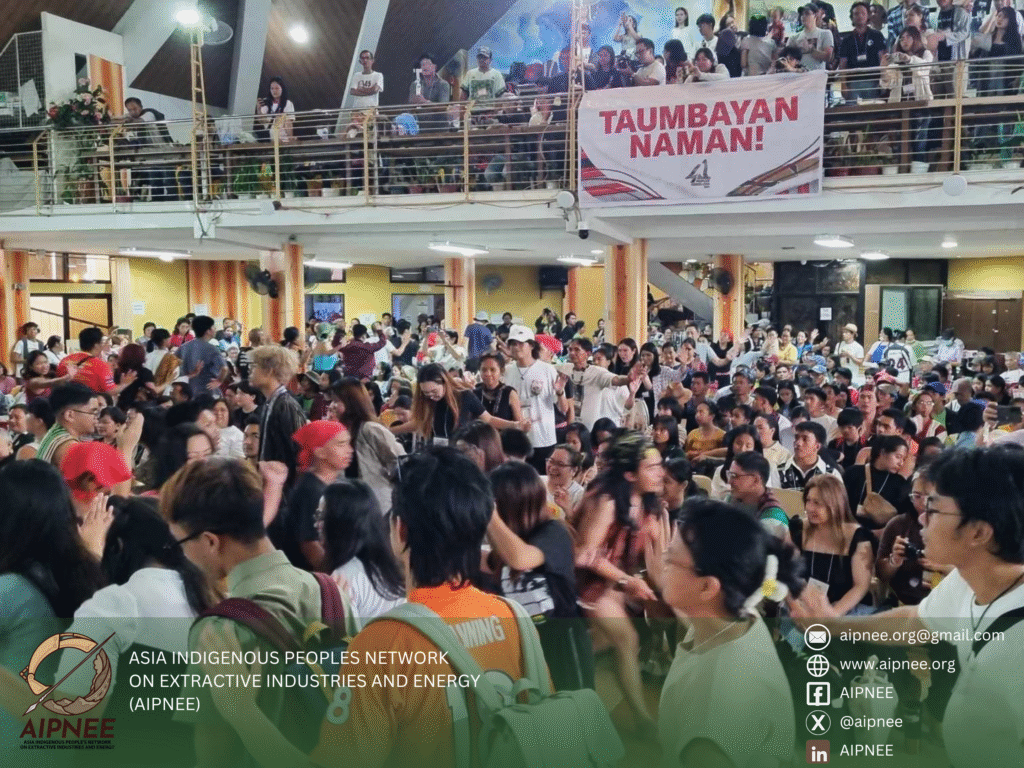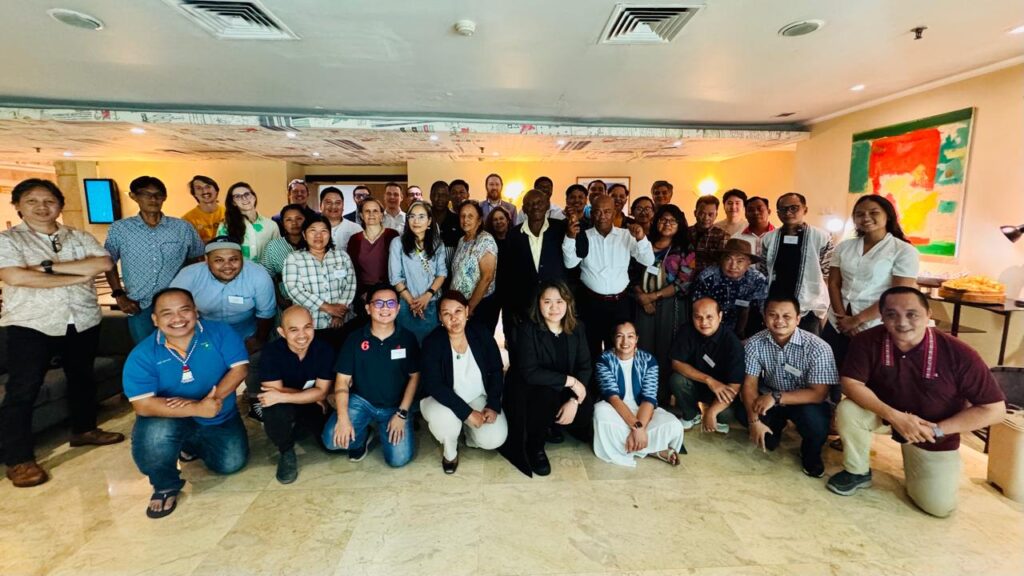Asia Indigenous Peoples Network on Extractives and Energy extend our sympathy and solidarity to the 6,600 families displaced due to the collapse of the Xepian-Xe Noy auxiliary dam in Laos. Based on reports, many were killed in this tragedy and hundreds more are still missing. This devastation has expanded to other neighbouring communities including Cambodia, reports say.
The dam collapsed on the night of July 23, 2018, a testament of the company’s negligence in maintaining their structures, proof of where disaster risk management lies in their list of priorities. Families had to evacuate mere hours before the collapse with the disaster in tow, leaving behind their homes and properties to destruction.
According to International Rivers, before the dam was built during the preparatory stages in 2013, the affected communities made a strong position that project developers must meaningfully consult them and listen to their concerns.
Apparently, as is a common practice of energy project developers in Laos and in other communities in Asia, this didn’t happen. Because of irresponsible energy corporations, the local residents now have to bear the brunt of the catastrophe and other continuing impacts which started even during the dam construction up to present.
Disaster is an omnipresent threat to lives and livelihood of downstream communities near dam projects, most especially so if the structures are not built to withstand unpredictable and extreme weather conditions aggravated by climate change. The absence of an efficient warning system further lowers the communities’ chance at survival, proven by the development of events in Laos.
The threat of environmental destruction, pollution because of large energy projects and extractive industries is a common issue in Asia especially in communities of indigenous peoples that host resources being tapped for their energy-generating potentials.
In the whole region, many communities stand on a precarious footing with the onslaught of multiple dam project proposals along major rivers and tributaries. Many of these projects have yet to conduct community dialogues, consultations to provide a clear picture of how the projects will operate considering the impacts not only to the environment but to livelihood and the respect of indigenous peoples rights to ancestral lands and how these will answer the glaring socio-economic needs of indigenous peoples.
Take into account the thousands of indigenous peoples in Sarawak, Malaysia who were displaced for the construction of the Bakun Dam which is not yet operating in full capacity due to the low demand for energy, it doesn’t add up at all to the purpose of building such structures to serve the needs of the people without trampling on their rights and livelihood. The Murun Dam with its operation delayed due to technical flaws, according to International Rivers, poses a grave threat to the the nearby communities if operators neglect peoples welfare for profit and commences operation without addressing precautionary technical adjustments.
In the Philippines, indigenous peoples from the Cordillera region and Panay island have a shared experience when it comes to the encroachment of megadam projects to their ancestral domains that threatens to disrupt if not impede their practice of socio-political customs. Under the current Philippine government, dam projects in both regions that were opposed by the affected communities are being revived with new fundings from foreign loans. Other similar cases would show that major water bodies in Asia are threatened by profit-driven development aggression, this spells out disaster for all communities that thrive on the resources from land and waters.
Drawing lessons from the tragedy in Laos, we should remain critical and vigilant of the entry of corporate projects into our communities without consultation and consideration of our needs and concerns. We need to ensure a clear statement of accountability from them for longterm management and responsibility in times of disaster caused by failure in their planning and operation. Government offices and line agencies that are mandated to uphold peoples rights and welfare should make development plans recognizing the need of the citizenry based on the concrete situation, which should be at the core of their blueprints.
For indigenous peoples, our right to self-determination and free prior and informed consent before any development project enters our community should be respected. For as long as our collective right to self-determination is not recognized alongside the implementation of development projects, indigenous peoples will carry on the struggle to protect our lands from destruction by corporate greed. We must continue to assert and pursue genuine development based on our collective needs.#
For reference:
Jill Carino, AIPNEE Coordinator




